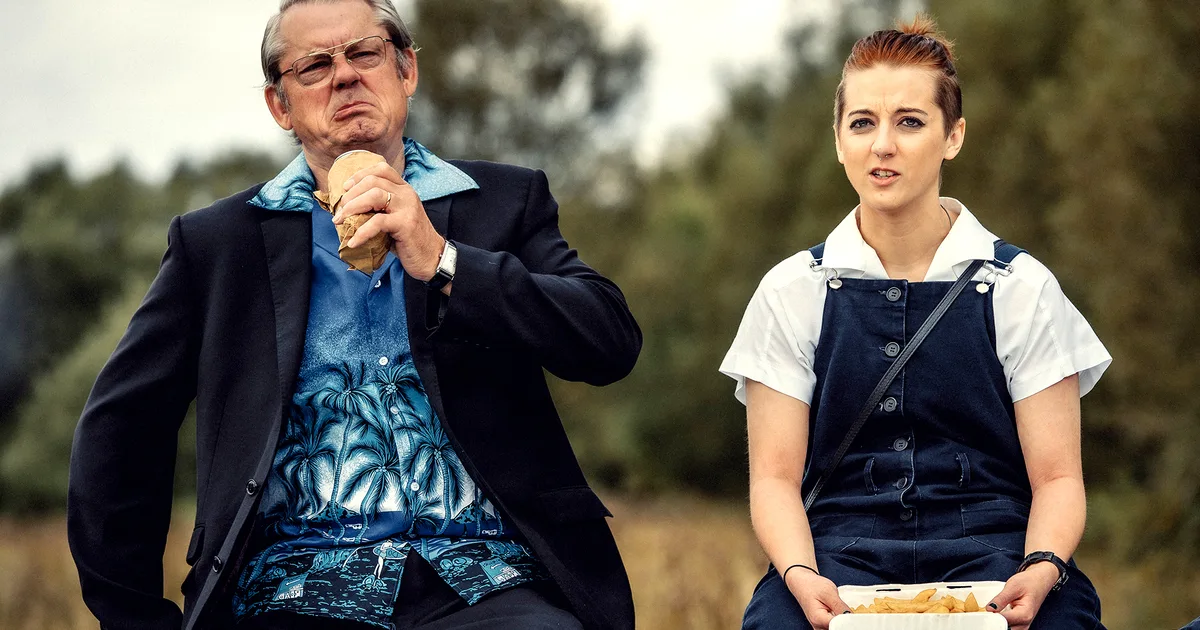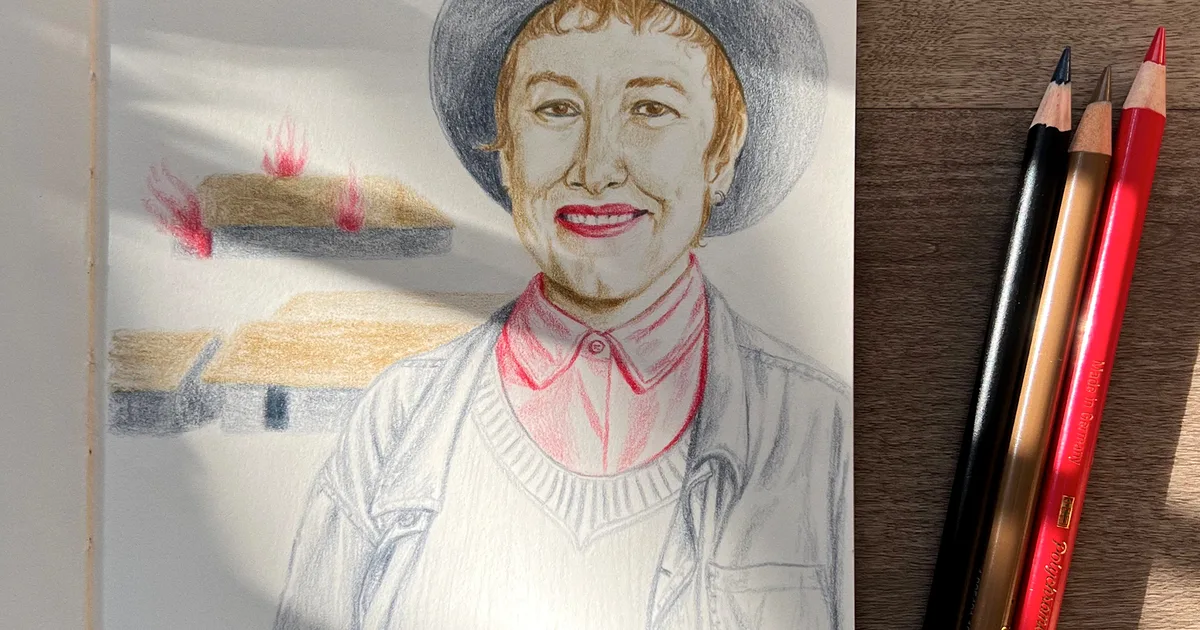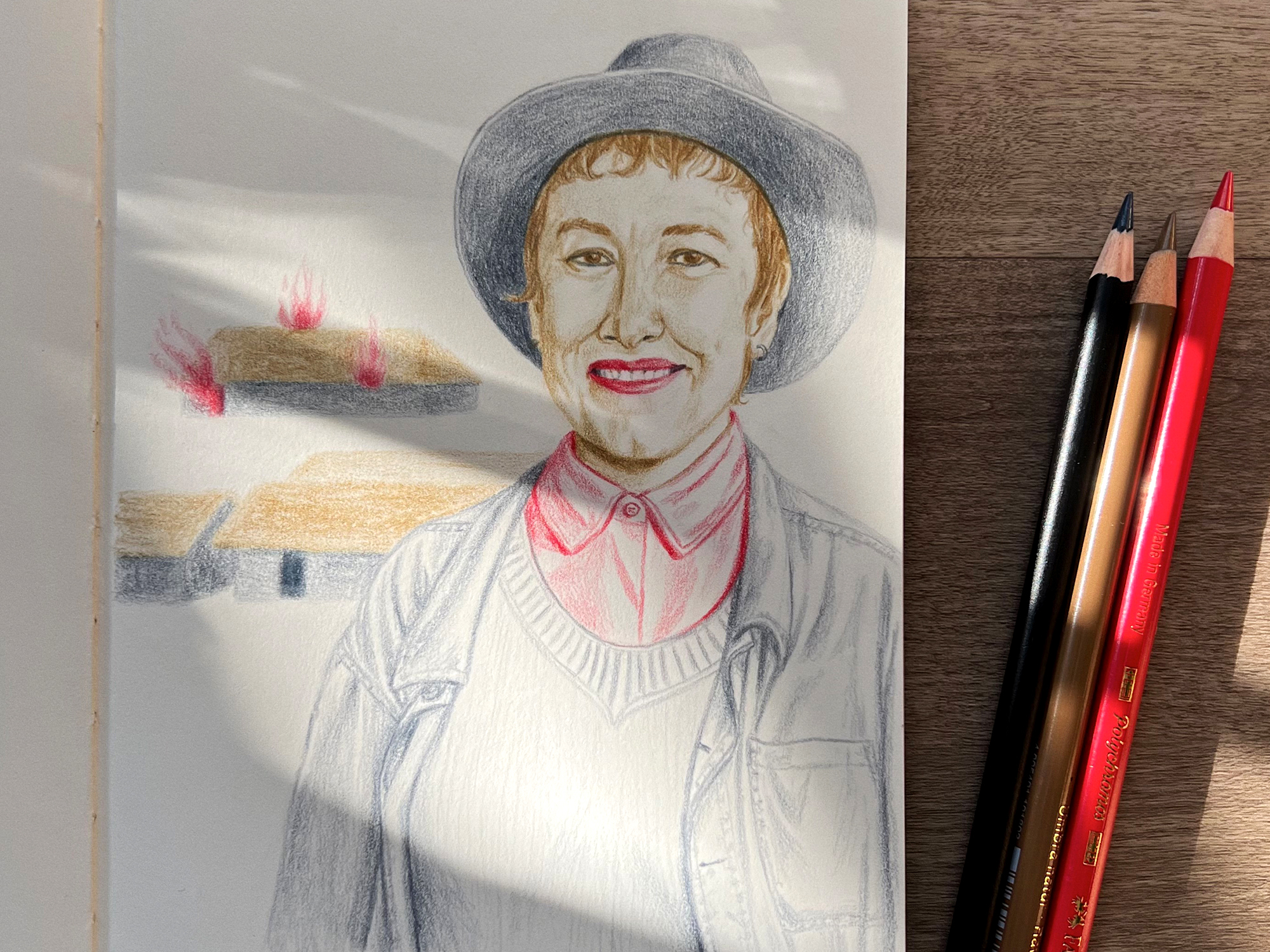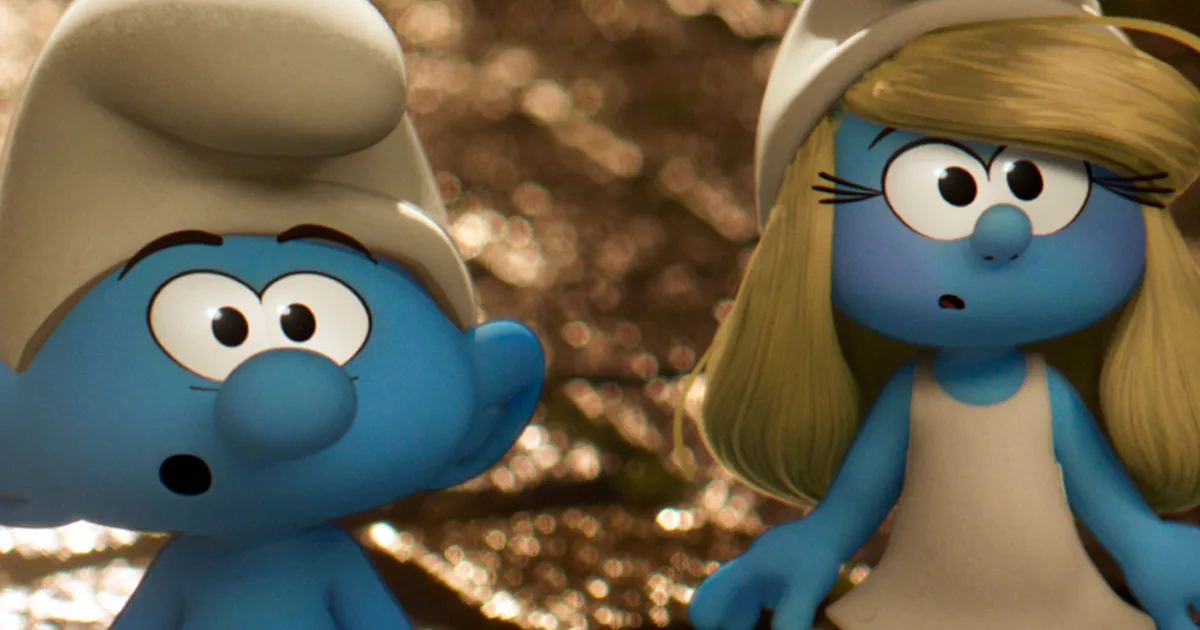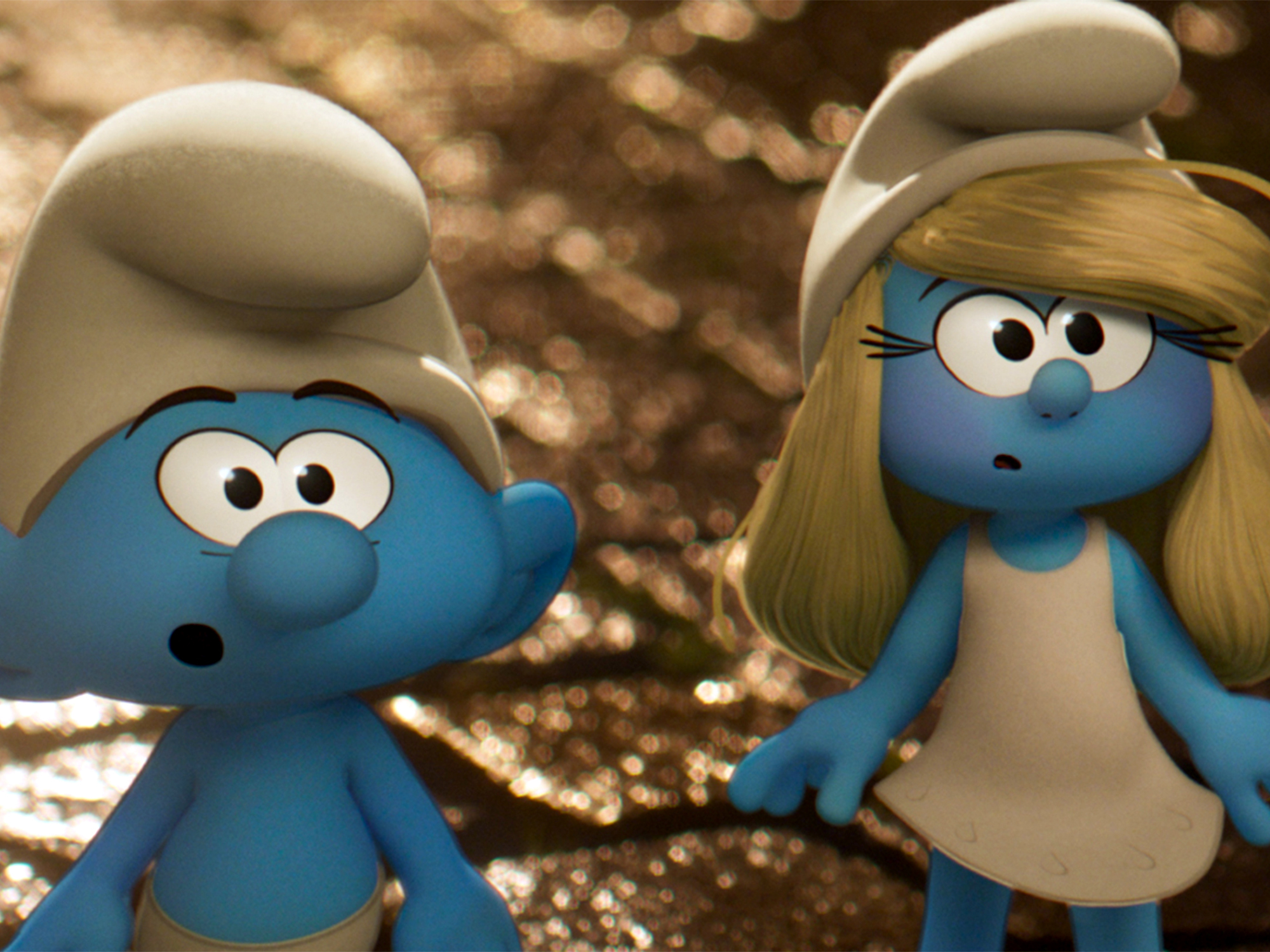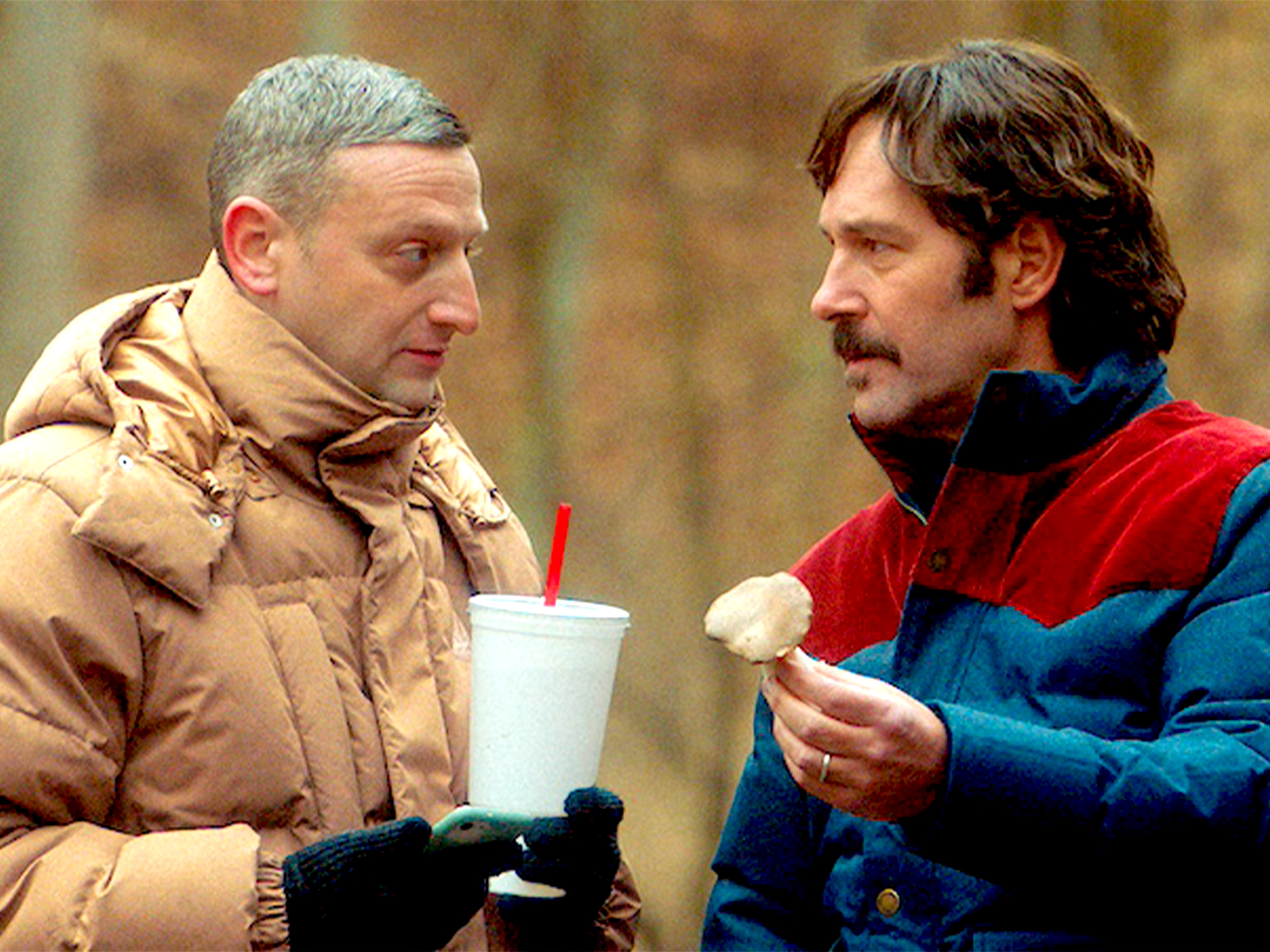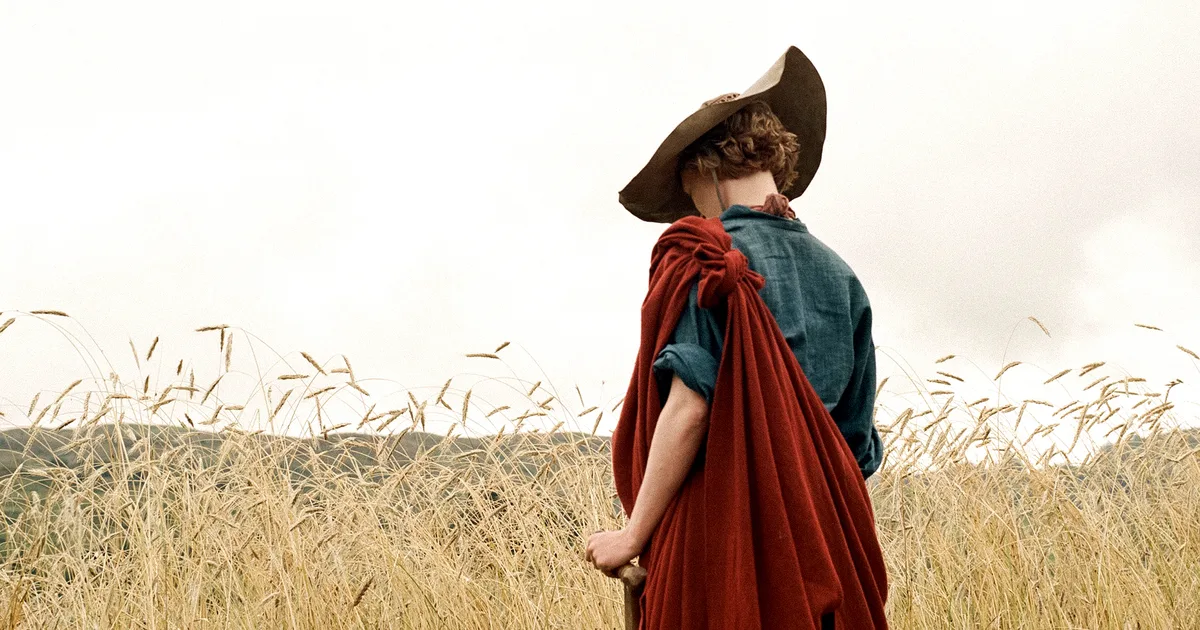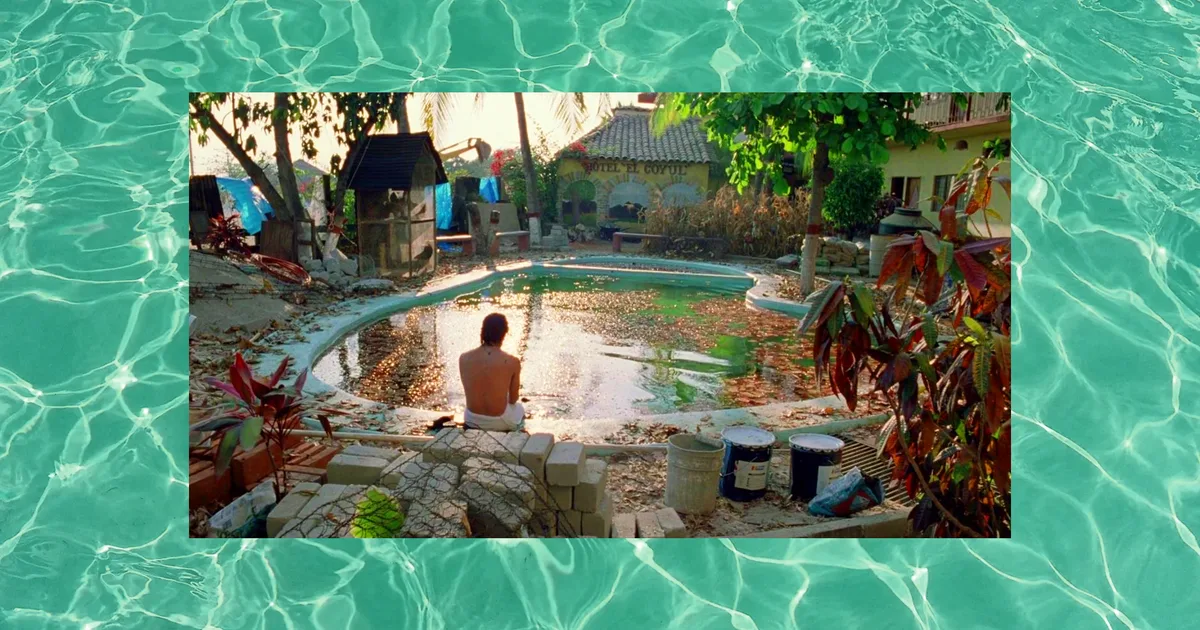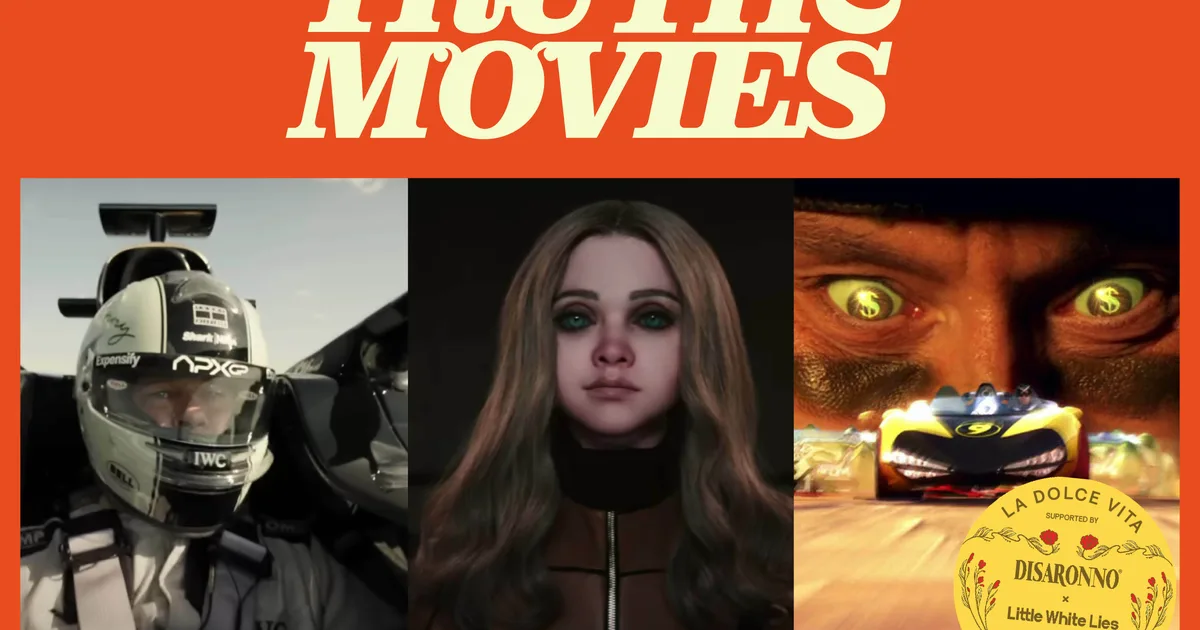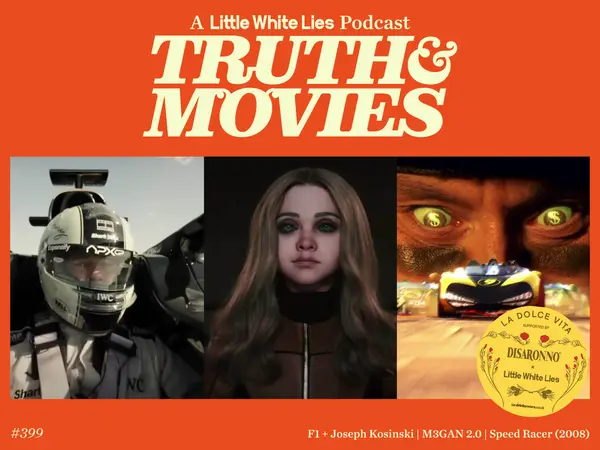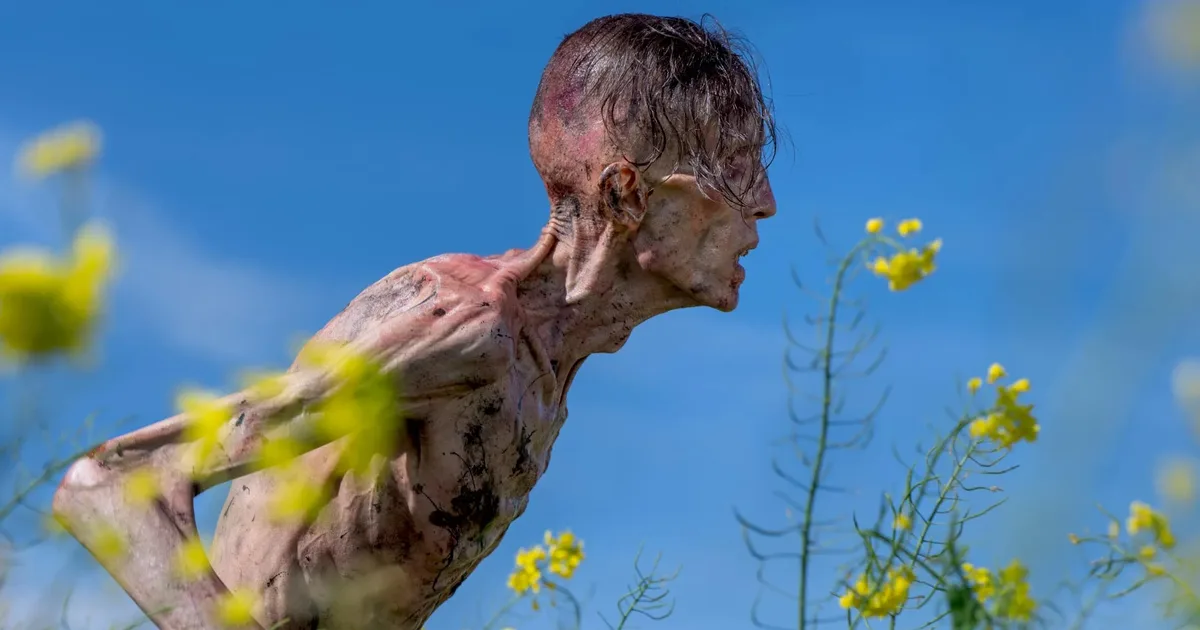AI overlords, environmental deadlock, obscene wealth inequality, and emergent authoritarianism – it all reads like the opening crawl of some cult-classic dystopian flick, but unfortunately for us, it’s just the state of things in 2025. Dystopia looms. How is one to manage? One suggestion: Fight fiction with fiction and cope like a main character.
For inspiration, look no further than the petulant, performative, and perpetually horny protagonist of Rachel Talalay’s Tank Girl (1995). Sure, Tank Girl is raunchy and ridiculous (and that’s what makes it wonderful) but look closer. Beneath the absurdity lies a playbook for protest and defiance that (also unfortunately for us) feels disconcertingly relevant. Although every third country or so seems to be making a hard turn right, there’s still time to course correct – time to push back against the fledgling dystopias.
Get more Little White Lies
And Tank Girl tells us how.
It’s 2033. Eleven years previous, a comet crashed into Earth and destroyed the climate. The resulting drought led to the creation of Water & Power (W&P), a corrupt corporation led by the comically depraved Kesslee, who “control[s] most of the water and got all the power.”
Enter Tank Girl, played by Lori Petty: A water-stealing, tank-obsessed wastelander living it up in the desert until a W&P raid destroys her happy-go-lucky life and launches her into a kink-coded bid for revenge.
Let’s be clear: There are a lot of differences between a bad dom with a poor grasp of kink essentials and an authoritarian régime like W&P (and its non-fictional equivalents) …but there are also quite a few similarities.
In her dalliances with W&P, Tank Girl illustrates an ethos most in the kink community will recognize. Control is achieved consensually, or not at all. It exists only when given, and can be revoked at any time. In this equation, submission is an informed, freely-made choice, and defiance is always an option. For Tank Girl, defiance is just a way of life – she’s a quintessential brat and recognizes power struggles for the poorly disguised game that they are.
These moments of defiance often hinge on Tank Girl’s understanding that her appearance and mannerisms create a set of assumptions about her strength and intelligence. She uses these assumptions as ammunition, transforming them into a weapon rather than a tool of her own subjugation.
During the W&P raid, for instance, Tank Girl unknowingly performs a strip tease for a W&P guard she incorrectly assumed to be her boyfriend. As the barrel of a gun intrudes upon the scene, the dynamic changes: The guard nods for her to continue, and she does, leaning into his (false) assumption that she is a sexual, submissive creature for the taking.
That assumption is his undoing. She knows the role expected of her and plays it well. The illusion of control lasts until the very moment she decides to revoke it – the very moment the guard meets his fate at the end of his own grenades. The strip show turns into a murder scene. Conventional power dynamics turn on their head. And Tank Girl emerges on top.
Whether facing imprisonment in a claustrophobia-inducing torture device aptly named “The Pipe” or shivering after a night spent in a freezer, Tank Girl defies fear. She elects not to give her captors the response they expect. In doing so, she disarms them.
This philosophy is implicit throughout the film, but is at its most overt while Tank Girl is imprisoned in a W&P labor camp. There, she meets Jet Girl (Naomi Watts), a beaten-down prisoner. After Tank Girl saves her from yet an obsessed prison guard who doesn’t know how to take “no” for an answer, Jet Girl explains her ethos for surviving under W&P’s thumb: “The better you behave, the more they leave you alone.”
Yet audiences of 1995, 2025, and 2033 all know this to be patently untrue. In restrictive environments such as these, no one is safe, no matter how meekly they submit to the shackles. Tank Girl knows it too.

